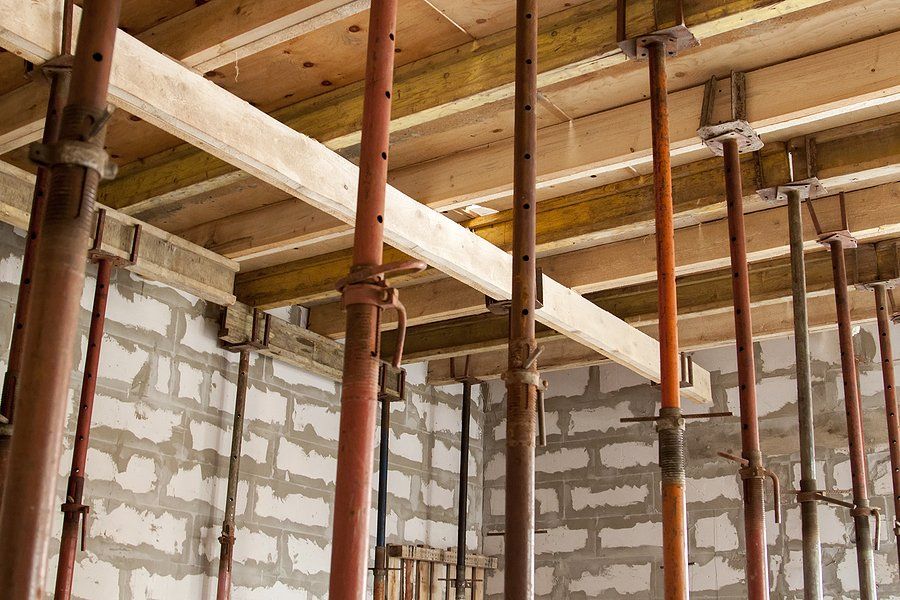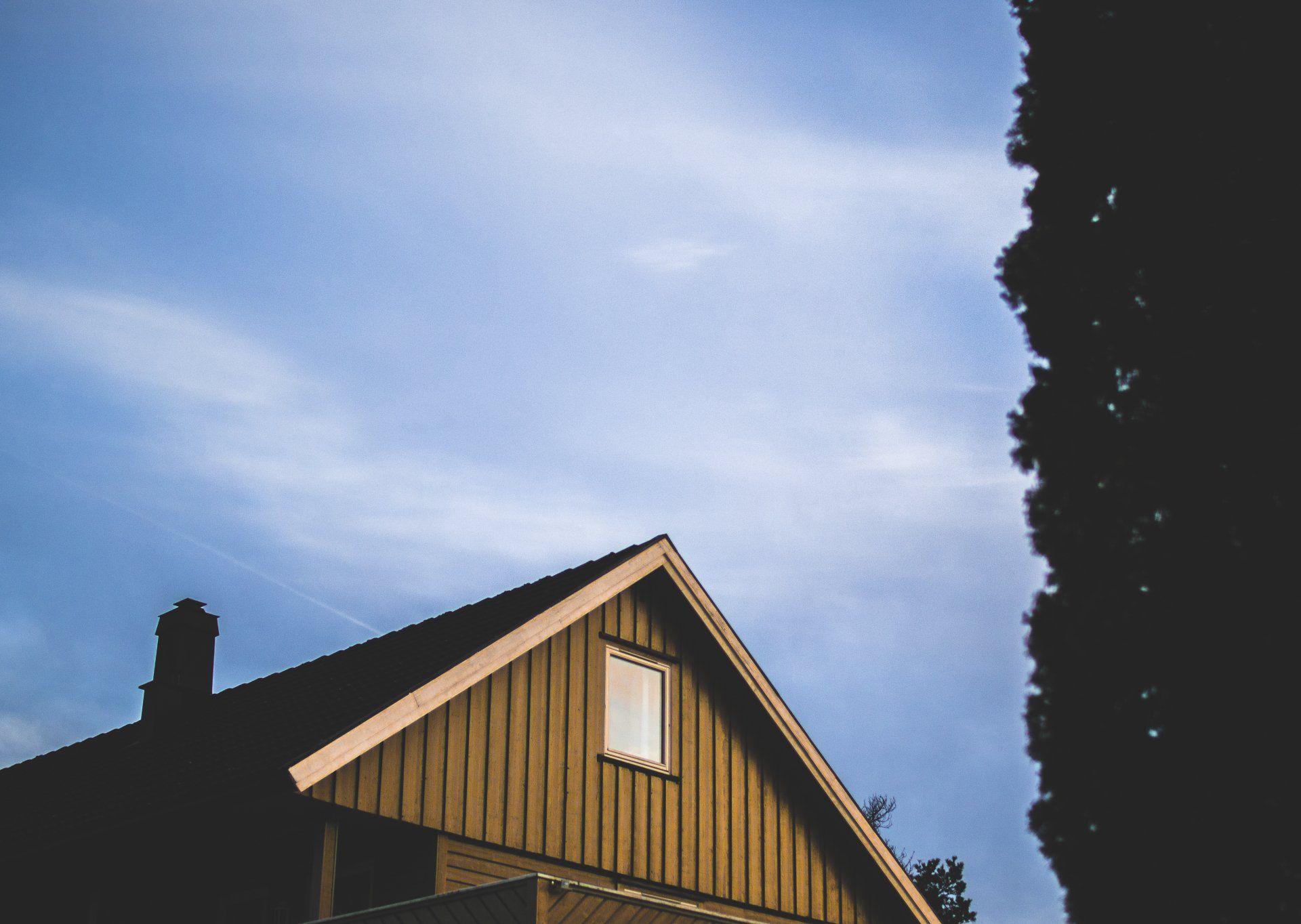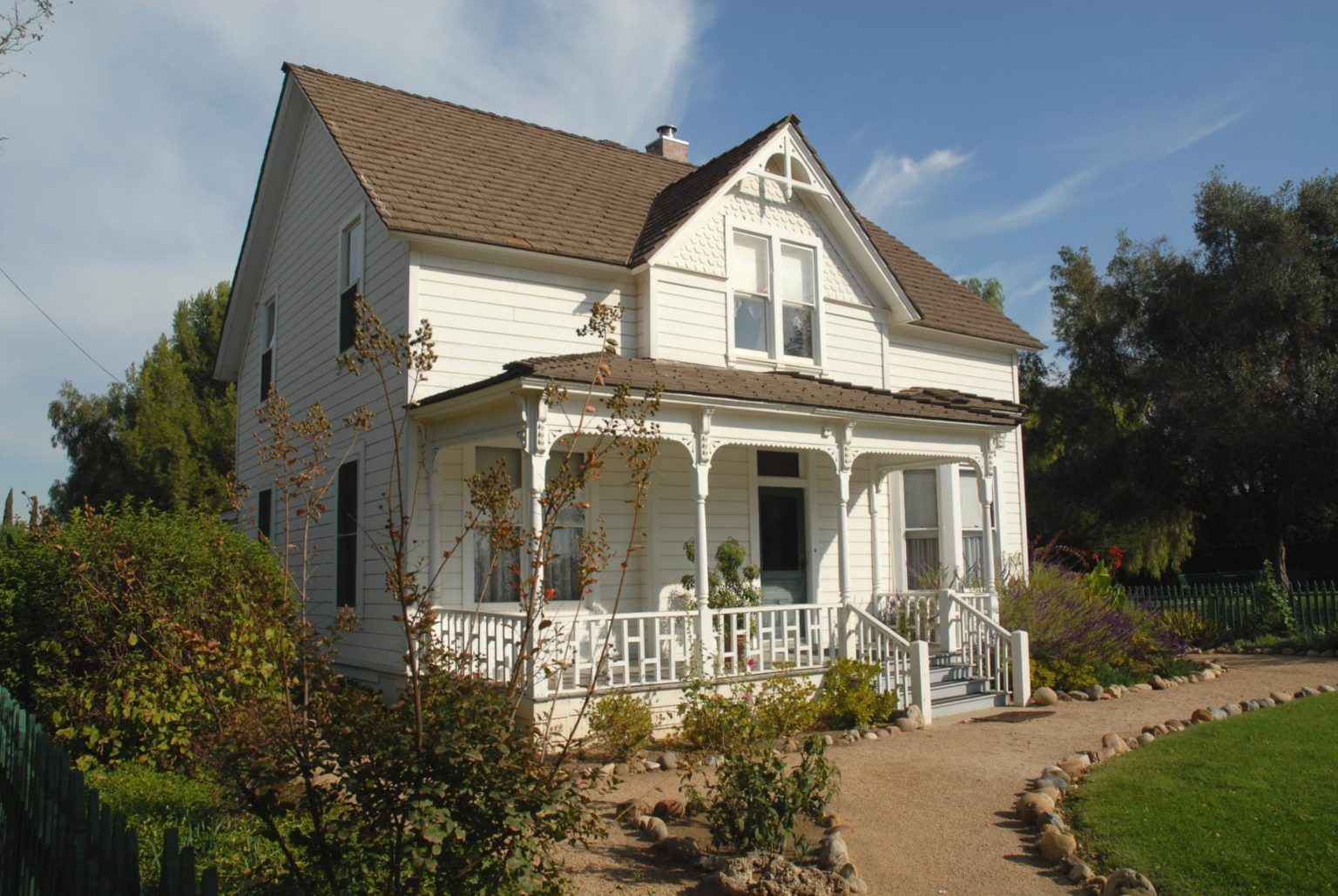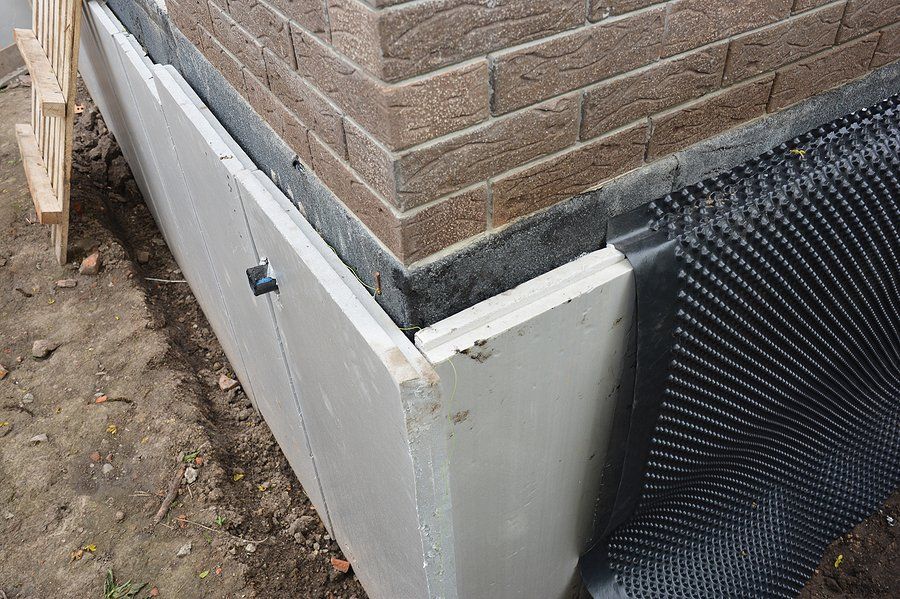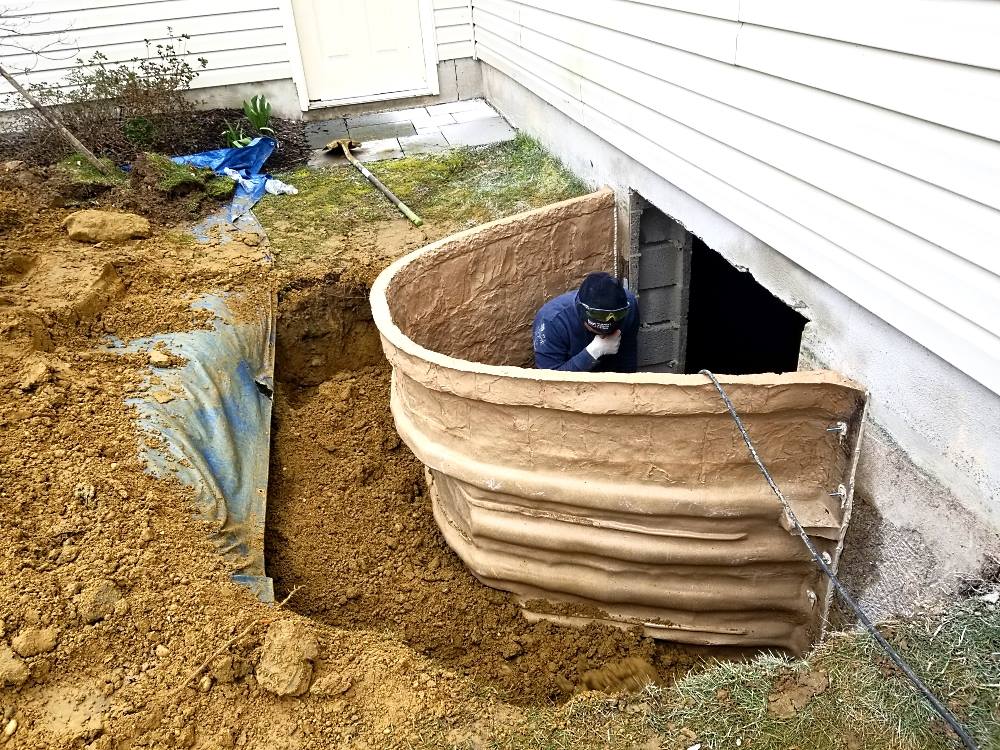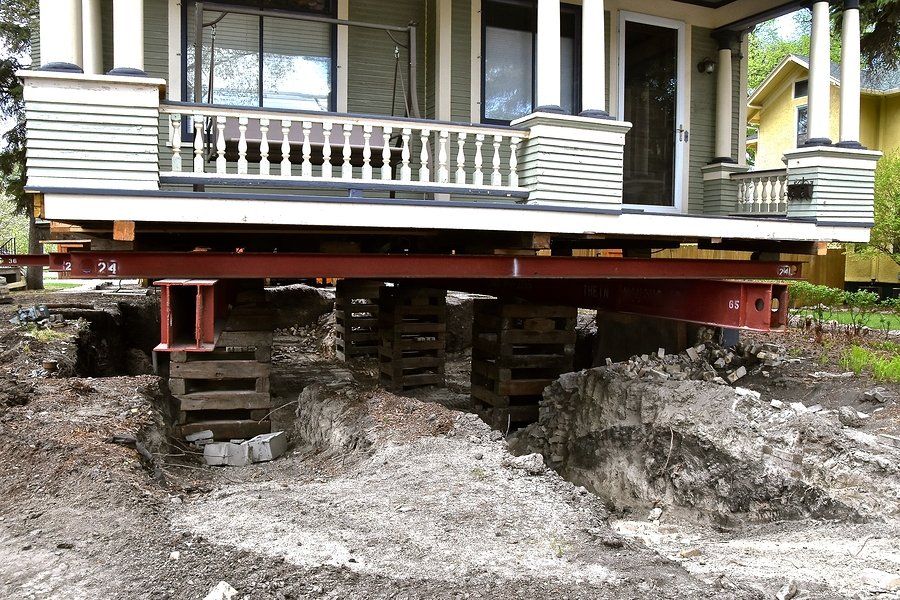Guide to Sump Pump Discharge: Max Efficiency & No Backups
Mastering Sump Pump Discharge Line Installation and Maintenance for Optimal Drainage and Performance
Sump pumps are indispensable for homeowners battling against water intrusion, working tirelessly to redirect unwanted water away from the foundation and basement. However, the effectiveness of a sump pump hinges not just on the device itself but also on the proper installation and maintenance of the sump pump discharge line. This guide delves into the nuances of sump pump discharge systems, offering insights into the installation of sump pump discharge pipes, troubleshooting backups, and ensuring efficient drainage.
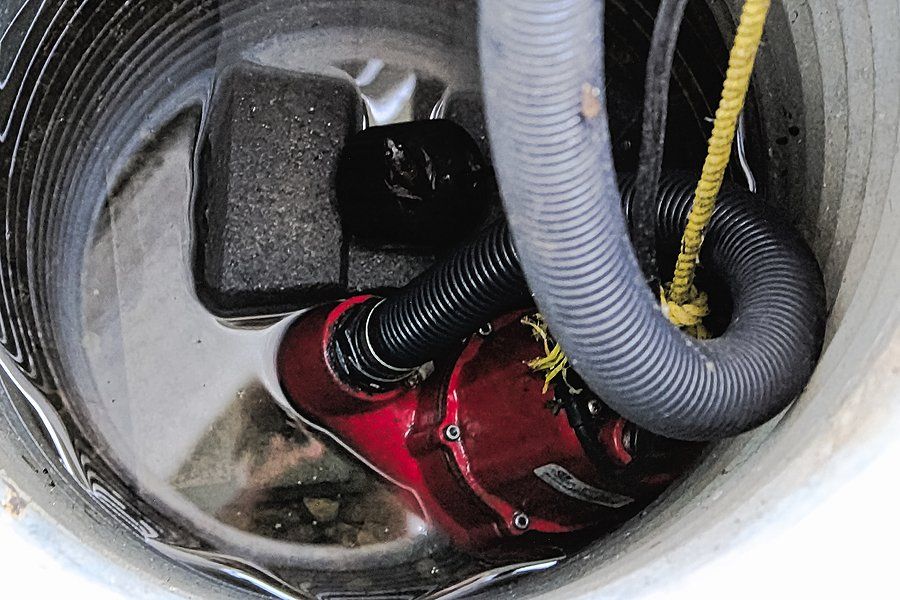
Understanding the Sump Pump Discharge System
At its core, the sump pump discharge system is designed to transport water from the sump pit in your basement or crawl space to a safe distance away from your home's foundation. The system typically comprises a sump pump, a discharge pipe, and sometimes, additional plumbing fixtures. The discharge pipe is the conduit through which the water is expelled, playing a crucial role in preventing water damage and maintaining the structural integrity of your home.
Planning for Sump Pump Discharge Pipe Installation
Before diving into the installation process, it's crucial to understand the components and requirements of the sump pump discharge line installation. Selecting the appropriate pipe diameter, material, and route for the discharge line are foundational steps that affect the overall efficiency and effectiveness of the system.
Pipe Diameter and Material: Choose a discharge pipe that is large enough to handle the water volume without causing backups. PVC pipes are widely used due to their durability and resistance to corrosion.
Route Planning:
The discharge line should be directed away from the house to an area where water can be safely dispersed without causing erosion or waterlogging. Careful consideration must be given to local codes and regulations regarding water discharge.
Steps for Installing Sump Pump Discharge Line
Connect the Discharge Pipe: Securely attach the discharge pipe to the sump pump. Use a check valve to prevent water from flowing back into the sump pit.
Route the Pipe: Extend the discharge pipe away from the foundation, ensuring it slopes downward to assist gravity-driven flow.
Final Discharge Point: Choose an appropriate discharge point that complies with local regulations. This could be a dedicated storm drain, a dry well, or a graded area of your yard.
Plumbing a Sump Pump Discharge: Tips and Best Practices
Plumbing a sump pump discharge line involves not just physical installation but also ensuring that the system works harmoniously with your home’s existing plumbing. This includes:
Sealing Connections:
Ensure all pipe connections are sealed and secured to prevent leaks.
Insulating Pipes: In colder climates, insulating the discharge line can prevent freezing, which can lead to pipe bursts.
Regular Inspections: Periodically inspect the discharge line for clogs,
damage, or wear.
Addressing Sump Pump Discharge Pipe Backing Up
A common issue with sump pump systems is the discharge pipe backing up. This can be due to several reasons, such as:
Clogs: Regularly check and clear the discharge line of debris and obstructions.
Frozen Pipes: In winter, ensure the line is properly insulated and heated, if necessary, to prevent freezing.
Check Valve Failure: Replace faulty check valves immediately to prevent water from returning to the sump pit.
Optimizing Drainage for Sump Pump Discharge
Optimal drainage is vital for the discharge system's efficiency. Implementing solutions like a dry well or a French drain can enhance the system's ability to handle large volumes of water and disperse it safely away from your home.
Advanced Installation Considerations
While the basics of sump pump discharge pipe installation lay the groundwork, there are more nuanced considerations that can significantly impact the system's performance:
Multiple Discharge Lines:
For homes prone to heavy water accumulation, installing multiple discharge lines can provide redundancy and improve water evacuation capacity. This setup ensures that if one line becomes compromised, others can handle the overflow.
Backflow Prevention: Beyond the check valve, consider installing additional backflow prevention devices, especially in areas prone to severe flooding. These devices further safeguard against water returning to the basement or crawl space.
Landscape Integration: Discharge lines can be seamlessly integrated into your landscape design. By directing water to gardens or rain barrels, you can utilize the discharged water for irrigation, contributing to a sustainable home ecosystem.
Enhancing Maintenance Practices
Regular maintenance is key to preventing sump pump discharge pipe backing up and ensuring the system's longevity. Here are additional maintenance tips to consider:
Seasonal Adjustments:
Tailor your maintenance routine to the seasons. For instance, increase inspections and preventative measures before the winter and rainy seasons, when the system is most likely to be taxed.
Advanced Cleaning Techniques:
Utilize a plumber's snake or a high-pressure water jet to clear out difficult clogs or debris accumulation in the discharge line. These tools can help maintain an unobstructed flow of water.
Battery Backup Systems: Regularly test and maintain any battery backup systems or install one if you haven't. A functioning backup system is crucial during power outages, often accompanying severe weather conditions that demand the most from your sump pump.
Troubleshooting Complex Issues
Even with rigorous installation and maintenance, sump pump discharge systems can encounter complex problems. Here's how to address some of these issues:
Persistent Freezing: If insulation and heating cables aren't sufficient to prevent freezing, consider rerouting the discharge line underground below the frost line or using a sloped discharge line setup to encourage water flow away from the house.
High Water Table Challenges: In areas with high water tables, the sump pump may run continuously, stressing the system. Consult with a hydrologist or a water management
expert to devise strategies such as improved yard grading, the installation of a curtain drain, or adjustments to the sump pit design.
Legal and Environmental Compliance:
Stay informed about local regulations regarding water discharge. Some regions have specific guidelines to prevent overburdening municipal stormwater systems or harming local ecosystems. Ensure your system is compliant to avoid penalties and contribute to community-wide water management efforts.
Conclusion and Future Considerations
Advancements in sump pump technology and water management practices continue to evolve, offering homeowners new strategies to enhance their sump pump discharge systems. From smart sump pumps with Wi-Fi connectivity for remote monitoring and alerts to eco-friendly water dispersal systems that nourish landscapes, the future of sump pump discharge management is promising.
By embracing both the foundational and advanced practices outlined in this comprehensive guide, homeowners can ensure their sump pump discharge system is not only effective and reliable but also compliant and environmentally conscious. The key to water management success lies in ongoing education, proactive maintenance, and a commitment to leveraging the latest advancements in technology and sustainable practices.




